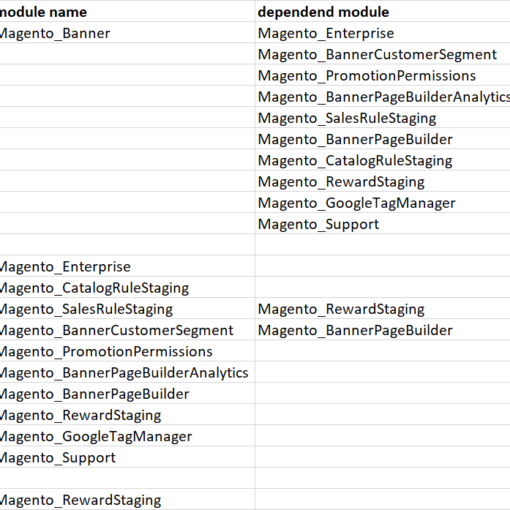Microsoft has released Attack Surface Analyzer 1.0 to assist software developers and vendors during the verification phase of implementing its own Microsoft Security Development Lifecycle.
NOTE: The Microsoft Security Development Lifecycle (SDL) is a software development security assurance process consisting of security practices grouped into seven phases: training, requirements, design, implementation, verification, release, and response.
Attack Surface Analyzer 1.0 now emerges from beta with functions for developers to view changes on the attack surface of a computer resulting from the introduction of their code on to the Windows platform.
Mathematically speaking, this gives developers (or more holistically positioned systems architects or IT security auditors) the opportunity to assess the aggregate attack surface change on a machine (or group of machines) resulting from the installation of an organization’s line of business applications.
Microsoft positions this release as a tool for IT “Security Incident Responders” to gain a better understanding of the state of a system’s security during investigations (if a baseline scan was taken of the system during the deployment phase).
Microsoft director of trustworthy computing Tim Rains explains that Attack Surface Analyzer essentially allows you to take a “snap shot” of a bunch of security-related information on a system. “Then after the system changes, you can take another ‘snap shot’ and the tool will compare the before and after ‘snap shots’ and show you what changed in an HTML report,” he said.
The security-related information captured in a snap shot includes:
- System Information
- Running Processes
- Executable Memory Pages
- Windows
- Impersonation Tokens
- Kernel Objects
- Modules
- Network Information
- Network Ports
- Named Pipes
- RPC Endpoints
- System Environment, Users, Groups
- Accounts
- Groups
- Group Membership

Figure: An example of an Attack Surface Analyzer report.
The “Security Issues” tab highlights specific potential issues such as access control lists (ACLs) that could be problematic. The “Attack Surface” tab provides insight into what has changed on the system and how the attack surface of the system has been altered.

